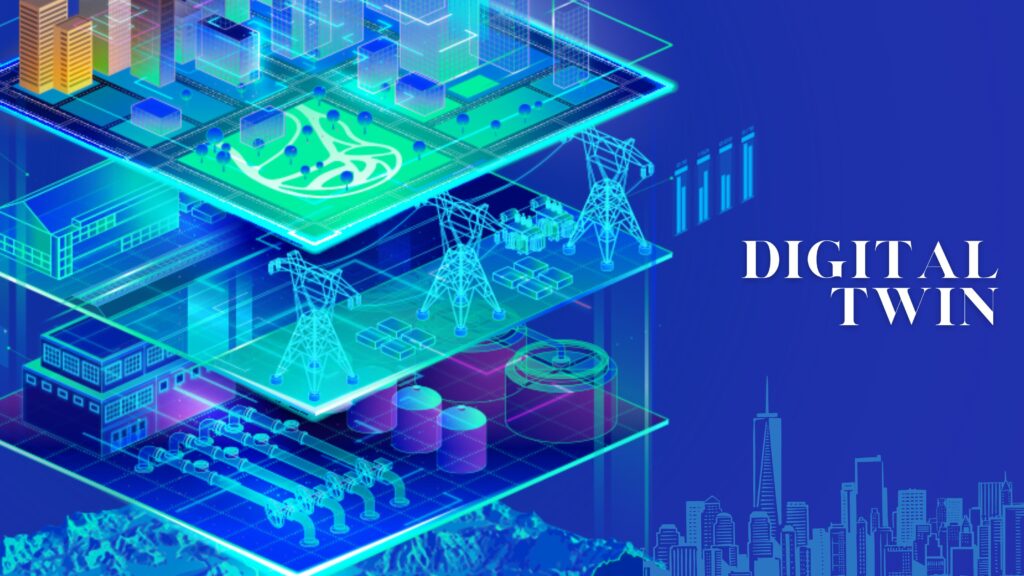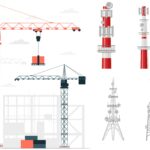

In the age of digital transformation, the concept of the digital twin has emerged as a game-changing innovation with the potential to revolutionize industries ranging from manufacturing and healthcare to urban planning and construction. A digital twin is a virtual replica or representation of a physical asset, system, or process, created using real-time data and advanced modeling techniques. This powerful tool enables organizations to gain deep insights, optimize performance, and drive innovation across their operations. Let’s explore how businesses and industries can harness the power of technology through the digital twin revolution.
At its core, the digital twin concept involves creating a digital counterpart of a physical asset or system, mirroring its behaviour, performance, and characteristics in real time. This virtual replica is continuously updated with data collected from sensors, IoT devices, and other sources, allowing for accurate simulation, analysis, and prediction of the asset’s behaviour and performance. By leveraging the digital twin, organizations can monitor asset health, diagnose issues, and optimize operations proactively, leading to increased efficiency, reduced downtime, and improved decision-making.
One of the key advantages of the digital twin is its ability to facilitate predictive maintenance and asset management. By analysing historical and real-time data collected from the digital twin, organizations can identify patterns, trends, and anomalies that may indicate potential equipment failures or maintenance needs. This proactive approach to maintenance enables organizations to schedule repairs or replacements before costly breakdowns occur, maximizing asset uptime and longevity while minimizing maintenance costs. Furthermore, the digital twin revolutionizes product development and innovation by enabling
virtual prototyping and testing. Manufacturers can create digital twins of their products and simulate various design iterations, performance scenarios, and environmental conditions before physical prototypes are built. This virtual testing environment accelerates the product development cycle, reduces time-to-market, and enables rapid innovation and iteration, ultimately leading to better products and enhanced customer satisfaction.
In addition to asset management and product development, the digital twin has transformative potential in urban planning, infrastructure management, and smart city initiatives. By creating digital twins of cities, buildings, transportation networks, and utilities, urban planners and policymakers can simulate and optimize various scenarios, such as traffic flow, energy consumption, and waste management. This holistic approach to urban planning enables cities to enhance liveability, sustainability, and resilience, while also improving resource allocation and infrastructure investment decisions.
Latest News


